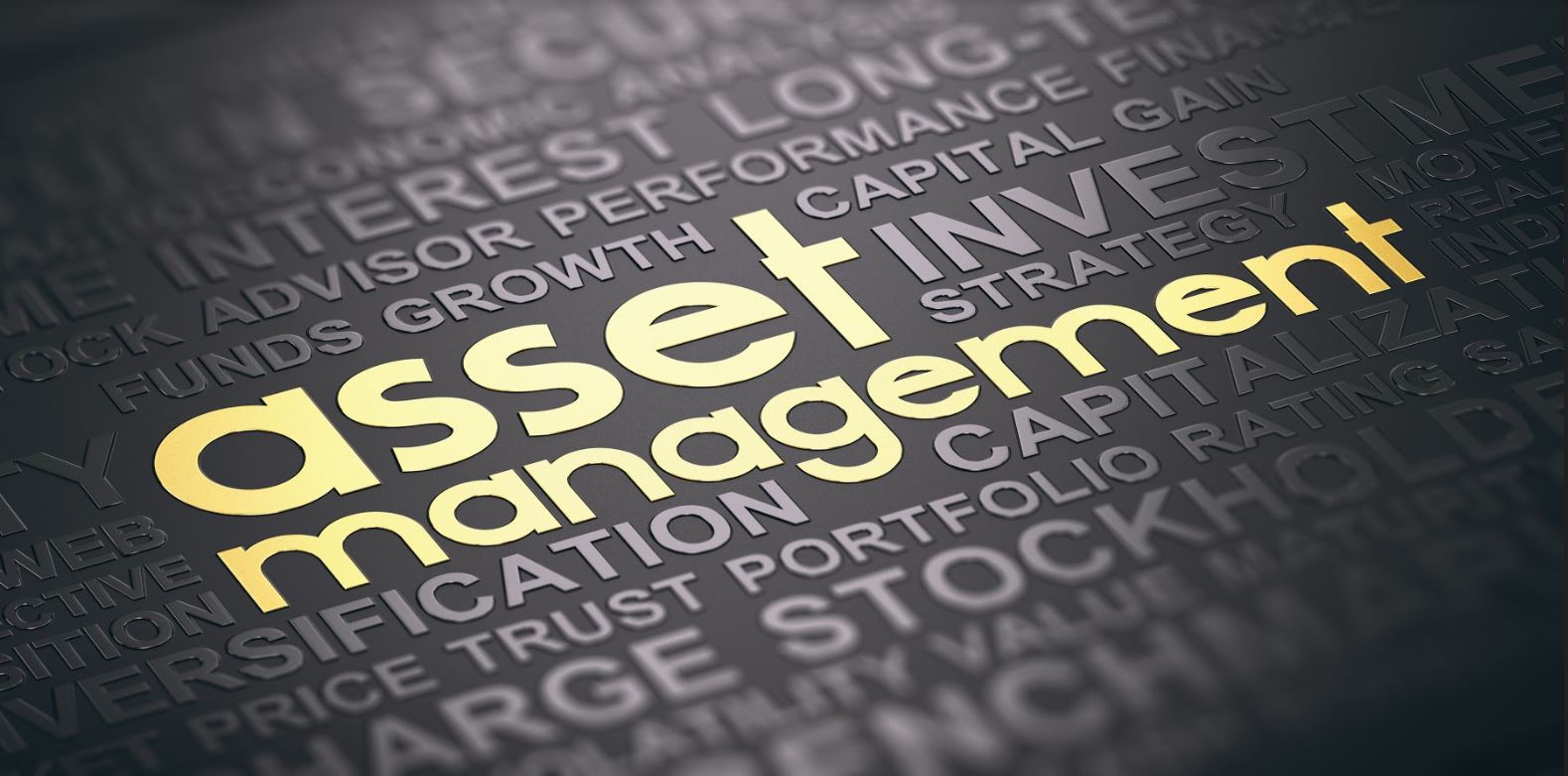
In the world of modern business, managing assets has never been more critical. To stay ahead in today’s competitive landscape, companies are turning to advanced asset management techniques. As technology evolves, so do the strategies that maximize profit and minimize costs in asset management. In this article, we’ll explore the top six asset management optimization techniques for 2023. These strategies are designed to turbocharge asset performance, reduce costs, and enhance overall efficiency. Let’s dive in and discover how to apply these techniques effectively to supercharge your asset management practices.
What is Asset Management Optimization?
Asset management optimization is all about squeezing the most value out of your organization’s assets while keeping expenses and risks in check. The ultimate goal? Boosting your return on investment (ROI). It’s a pivotal process for any organization aiming to extract maximum value from its assets while maintaining operational efficiency. This entails crafting a comprehensive asset management strategy, analyzing data, and implementing risk management plans.
Why Businesses Use Asset Management
Assets are the backbone of any organization. They include anything of value that a company deems essential. Many businesses employ Enterprise Asset Management (EAM) programs to keep tabs on the myriad assets under their purview. These programs serve as centralized repositories for asset information. Coupled with asset tags and barcode labels, asset management software aids in tagging and tracking high-value assets with precision. Adhering to best asset management practices yields not just enhanced efficiency and cost savings in maintenance and upkeep but also fosters well-organized facilities and robust inventory controls that elevate customer satisfaction.
Mastering the Art of Asset Management Optimization
1. Identify and Conquer Asset Hurdles
The first step in solving any problem is understanding it. When dealing with assets, pinpoint which ones demand prioritization, delve into their maintenance needs and fees, and unravel their lifecycle. By grasping why each asset exists, how your business utilizes it, and what maintenance it necessitates, you can both predict its rate of depreciation and pinpoint future requirements. This knowledge turbocharges your company’s overall efficiency, productivity, and profitability.
2. Establish a Systematic Asset Review Regimen
Effective asset management hinges on maintaining an accurate inventory list of all your business assets. The road to asset optimization commences with a comprehensive inventory of your company’s assets. “Assets” encompass everything your company owns, from machinery and tools to computers and inventory. Regular reviews are crucial to ensure that your inventory remains up to date, enabling you to identify areas where your business can reduce expenses or bolster ROI by optimizing underutilized assets.
3. Embrace a Lifecycle-Centric Approach
Numerous assets traverse finite life cycles, each stage offering opportunities for asset management optimization. Commence by delineating the stages your assets undergo, spanning planning, procurement, manufacturing, deployment, management, and disposal. Each stage demands distinct considerations, from budget allocation to maintenance requirements and staffing. After defining your asset life cycle, scrutinize potential avenues for enhancing business efficiency and productivity.
4. Designate an Asset Manager
Assign a responsible team member to oversee asset management. This individual should possess qualities such as organization, trustworthiness, communication skills, and responsiveness. Delegating this responsibility not only frees up your team’s time but also ensures a dedicated point person maintains an accurate asset inventory.
5. Implement Asset Tracking Software
Asset tracking software empowers real-time tracking, providing insights into an asset’s location, condition, and maintenance history. It identifies underutilized assets, monitors their usage, and helps prevent losses.
6. Leverage Predictive Maintenance
Harness data analytics and machine learning for predictive maintenance. This approach allows for proactive scheduling of maintenance activities, reducing downtime and increasing asset availability.
Final Thoughts
Implementing these asset management optimization techniques delivers tangible benefits, including heightened asset utilization, informed decision-making, cost savings, and elevated customer satisfaction. Asset management optimization is an ongoing journey, and businesses must stay abreast of evolving trends and technologies to maintain a competitive edge in today’s dynamic business landscape.
